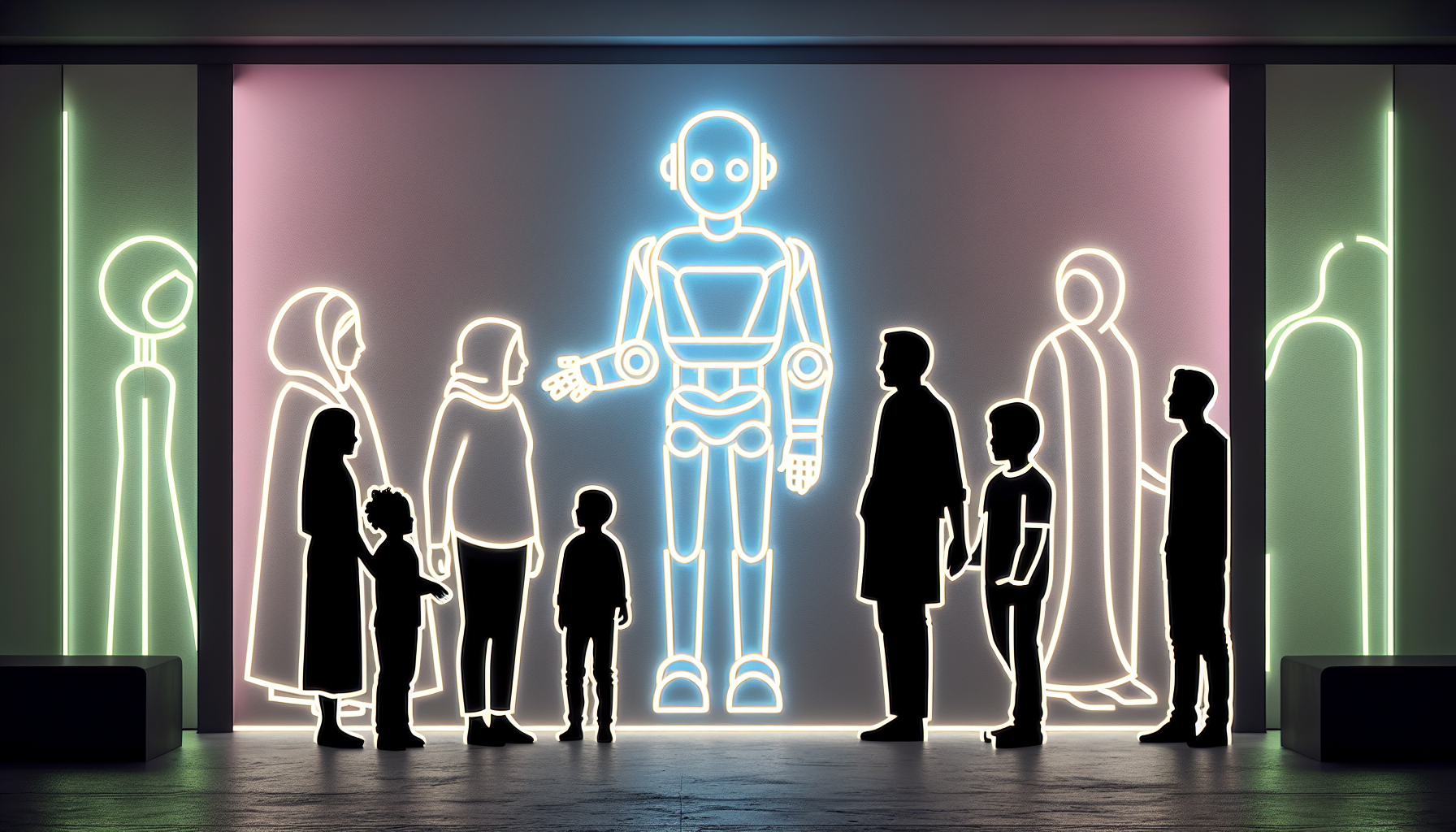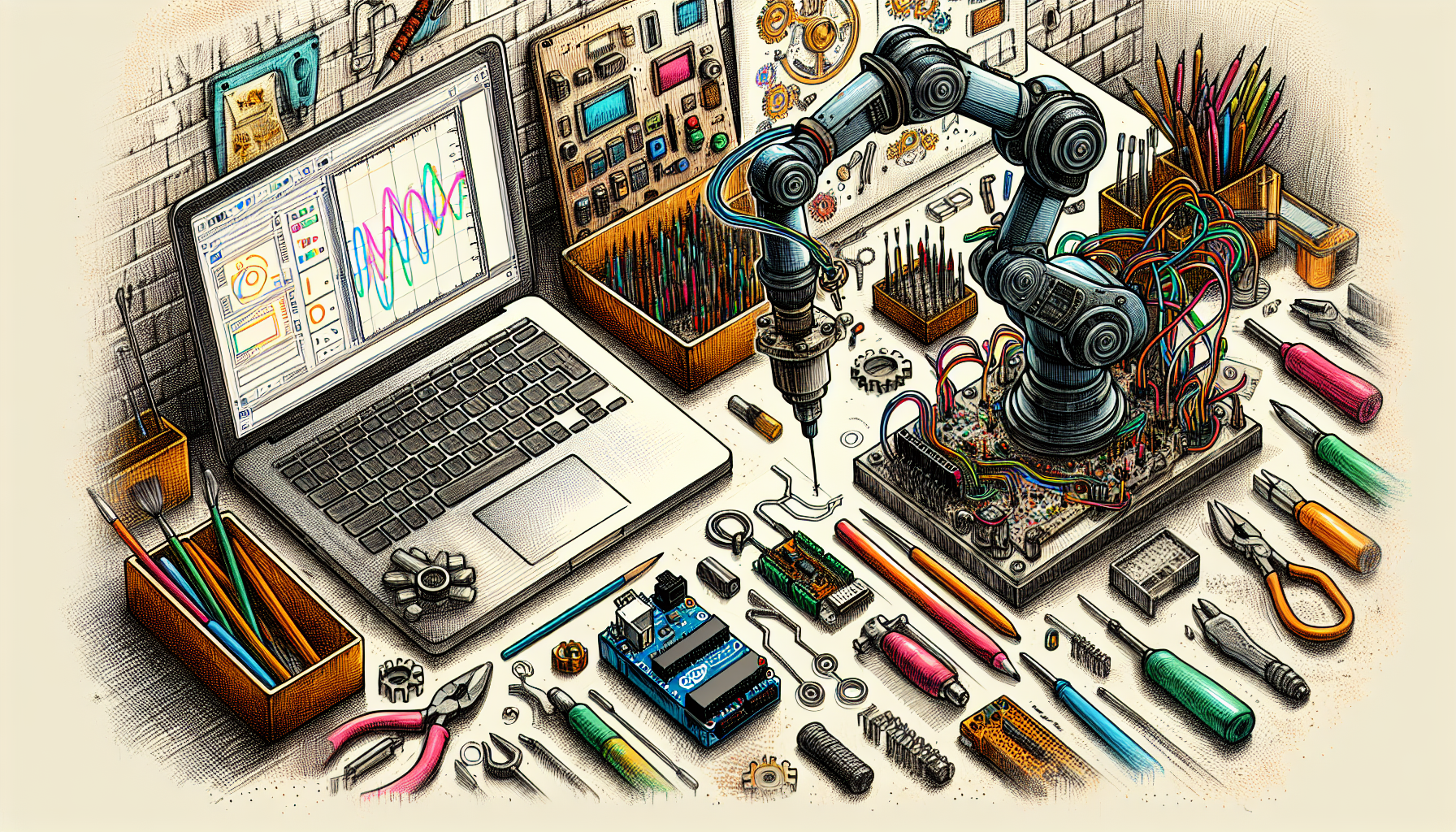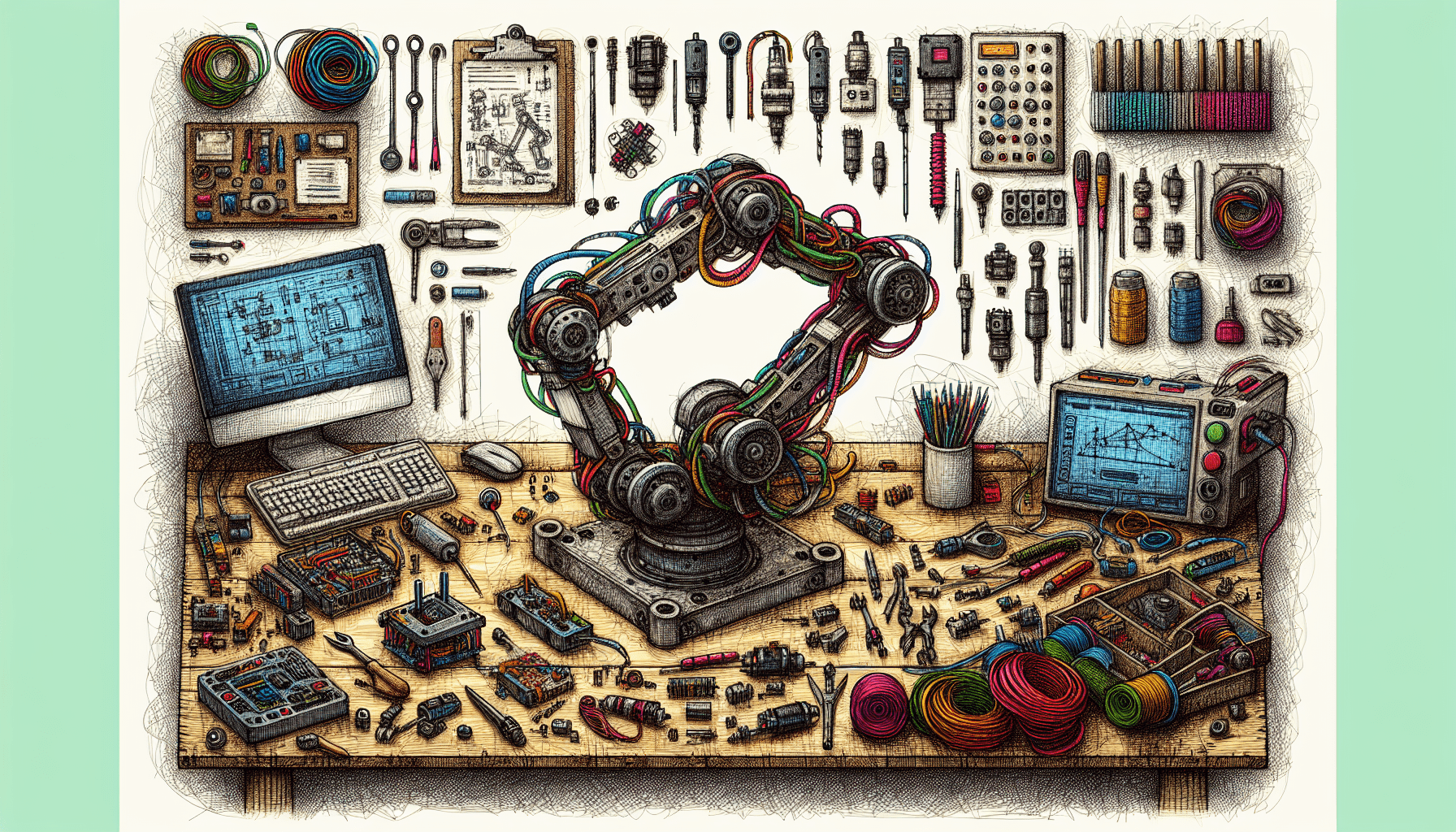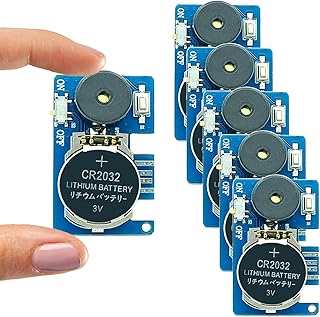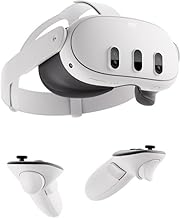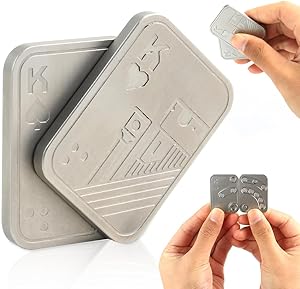Exploring Advances in Human-Robot Interaction
The Rise of Robots in Our Daily Lives
Human-Robot Interaction (HRI) is no longer just a futuristic concept nestled in the pages of sci-fi novels. It’s becoming a tangible reality that pervades various aspects of our lives, from healthcare to education. As robots become integrated into our daily interactions, understanding the nuances of HRI becomes crucial. It’s more than just programming; it’s about adapting these robotic systems to cater to the diverse user groups that interact with them.
The Need for Adaptive HRI Frameworks
Current HRI systems often come with limitations, primarily due to a one-size-fits-all approach. This causes friction in interactions that might not resonate with all users. Each individual interacts with technology differently, shaped by factors like age, cultural background, and experience. The framework proposed by researchers—including Theresa Pekarek Rosin and Vanessa Hassouna—asserts that understanding these user experiences and adapting to them is key for seamless interactions.
User feedback is a fundamental aspect of this refinement process. Think about your favorite gadgets—are they truly useful without the feedback from users that led to their upgrades? By listening to actual user interactions, we can cultivate a more user-centric approach to robot design.
Unpacking the Research Framework
At the heart of this adaptive approach is a robust framework built on the Robot Operating System (ROS). Not only does this framework promote flexibility, but it showcases principles of open-source design, allowing users and developers to enhance the robot’s functionalities collaboratively.
Natural interactions are key to this framework. The inclusion of advanced speech recognition and voice activity detection mean that these robots can communicate with us in a way that’s more intuitive than ever before. Coupled with the integration of Large Language Models (LLMs), the dialogue between human and robot can flow seamlessly—think of it like having a conversation with an old friend, rather than speaking to a clunky machine.
Real-World Applications of HRI
Imagine walking into a healthcare center and being greeted by a friendly robot that knows your name. This isn’t just a vision; it’s already happening in personal and professional contexts.
- Elder Care: Robots can provide companionship and remind elderly users of medications and appointments.
- Education: In classrooms, robots can assist teachers by providing educational support tailored to individual student’s needs.
- Customer Service: Companies are deploying robots to manage customer inquiries, equipped with algorithms that enable them to adapt their responses based on customer mood and context.
- Healthcare: Not only can they assist in diagnostics but they can also help reduce the strain on healthcare workers through information retrieval and patient monitoring.
Recent module tests have validated the capability of these robots to recognize age accurately and maintain effectiveness through various inputs and unexpected changes. These results speak volumes about the potential robustness of HRI systems.
Future Developments in HRI
The road ahead for HRI is rich with possibility. Expanding the scope of these interactions could lead to even more personalized experiences. We may soon encounter systems that can pick up on subtle emotional cues, adjusting their behavior accordingly. Imagine a robot that senses you’re having a bad day and can switch its tone or even suggest a joke. That’s the future we’re heading towards.
However, with every stride in technology comes questions of ethics and privacy. How much personal data should these robots collect? The society we build with these machines needs to be mindful of potential overreach into personal spaces.
Looking Forward
In a world where adaptive HRI becomes the norm, the potential for technology to enhance our lives grows immensely. It’s essential for tech enthusiasts, developers, and casual users alike to keep an eye on these advancements. As we embrace a future where robots seamlessly integrate into various user groups, we have the chance to shape these interactions to be fruitful and enriching.
What are your thoughts on the evolution of HRI? Have you had experiences interacting with robots? If so, how did they impact your perception of technology? Let’s start a conversation!

